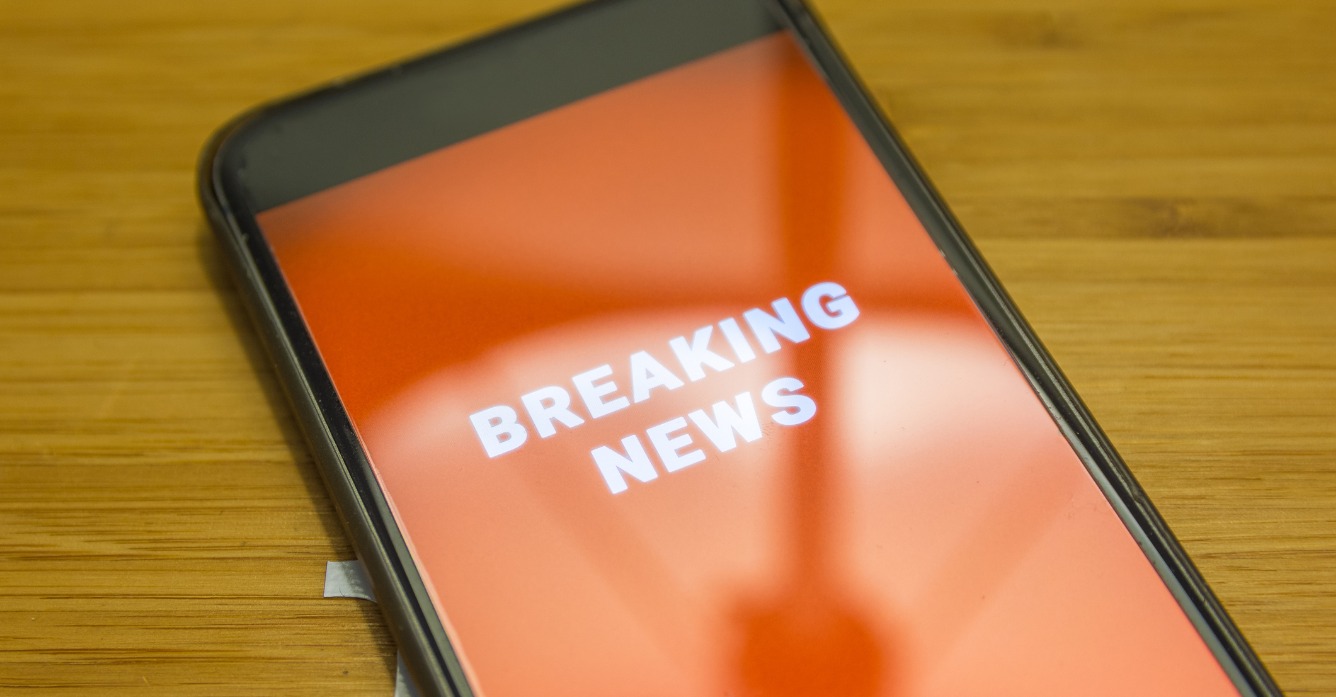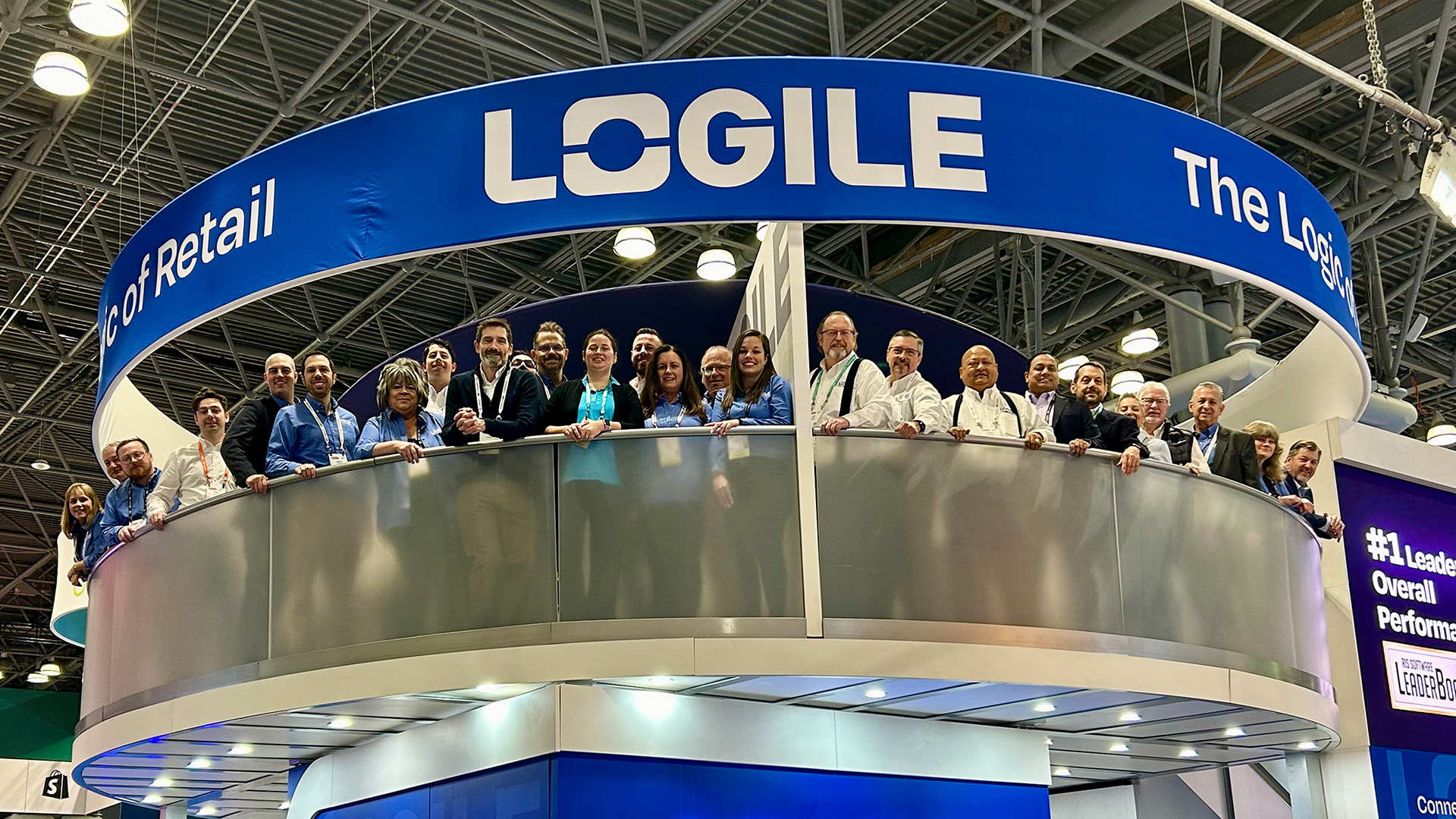3 minute read
Emergency Associate Communications Strategies for COVID-19 and Beyond

The COVID-19 pandemic is only the latest prolonged example of emergency situations that retail stores deal with. Hurricanes, tornadoes, power outages and other force majeure events impact retailers and force them to react quickly to unfolding circumstances. Almost any response requires fast and effective coordination of store associates, so everyone needs to be informed and prepared to do their part of what is required to serve customers and community.
The severity of the pandemic puts the importance of emergency communications in a whole new light. Retail food workers are on the front line of this battle. Many localities have given them similar exceptions from lockdown orders as first responders and medical professionals. Their health is on the line, and they deserve to be kept informed and assured of a safe working environment. Video, photos, audios and documentation detailing the process to keep their stores safe should be frequently communicated both to reassure them and to inform them of their role in the response. Retailers without the vital infrastructure to make that communication happen are drawing greater fire from the media and growing concern in the retail workforce.
Retail workers have stepped up in a big way, but how effectively and at what cost if they don’t have all the information available or necessary to keep themselves and the customers safe? In this digital age, why are the basics for assured and effective communications still lacking?
Essential components of emergency associate communications
If you think that basic employee communication such as email, SMS or phone calls meet your needs, think again. Communications via typical medium might be adequate in typical times. But they are not good enough to respond to emergencies.
When emergencies arise, you need effective communication methods that assure high volumes of detailed information reach associates quickly and reliably so that it can be acted on in the moment. The best way to accomplish this is through push to device notification, so your message gains effective prominence on employee mobile devices and requires acknowledgement of the message before using the device for other purposes.
Three types of emergency associate communications
Think about the various types of messages businesses must relay to associates during this pandemic. Store hours. Work safety. New policies for customer service with social distancing. New guidelines for dress and protective clothing. New policies for product limits. Policy changes on product returns and rain checks. Expected deliveries for products in short supply. New routines for cleaning and sanitation. Opportunities to work additional hours or in other departments. How best to answer customer questions and concerns.
There’s a huge amount of information that may be revised on a day-to-day basis. To support all these needs, three methods of emergency communications with guaranteed delivery and delivered by push to device alerts or notifications are needed:
- Message boards: Message board messages are well formatted multi-modal communications, such as video, audio, photo and streaming media, targeted to a group of employees and allowing verification to assure that the content has been received and is actionable.
- Individual or group messaging: Group or individual messaging is normally short and to the point but may include a link to deeper content accessible on message boards.
- Group interactive chat communications: Group interactive chats to all or selected associates enable chats similar in format to Skype or similar programs allowing for distribution of comments with the ability for those receiving the message to ask questions or respond back for fully interactive group communications.
Why push to device delivery is critical
In an emergency, you need to cut through the noise. Consider email. What’s the chance it gets filtered out or goes unread? Consider a normal text or voicemail or phone calls. Same issues. It’s the prominence, reliability and acknowledgement process of the push notification that gives your emergency message the priority it demands.
Without assured and effective communication, you may leave a large part of your workforce uninformed and unable to help you when your business needs it most. And remember, the resilience of stores to serve their communities is not only about virus pandemics. It’s about how we do business through all the weather, community impacts and unforeseeable catastrophes that constitute business as usual for retail stores.



